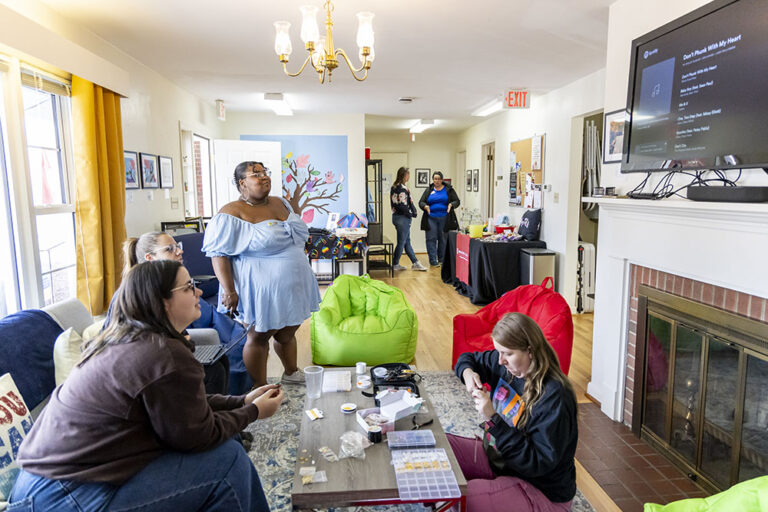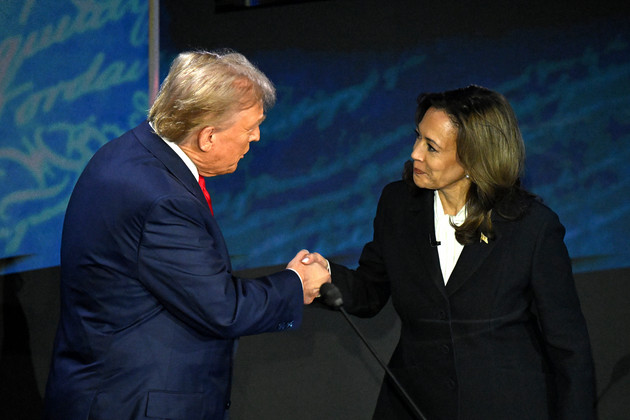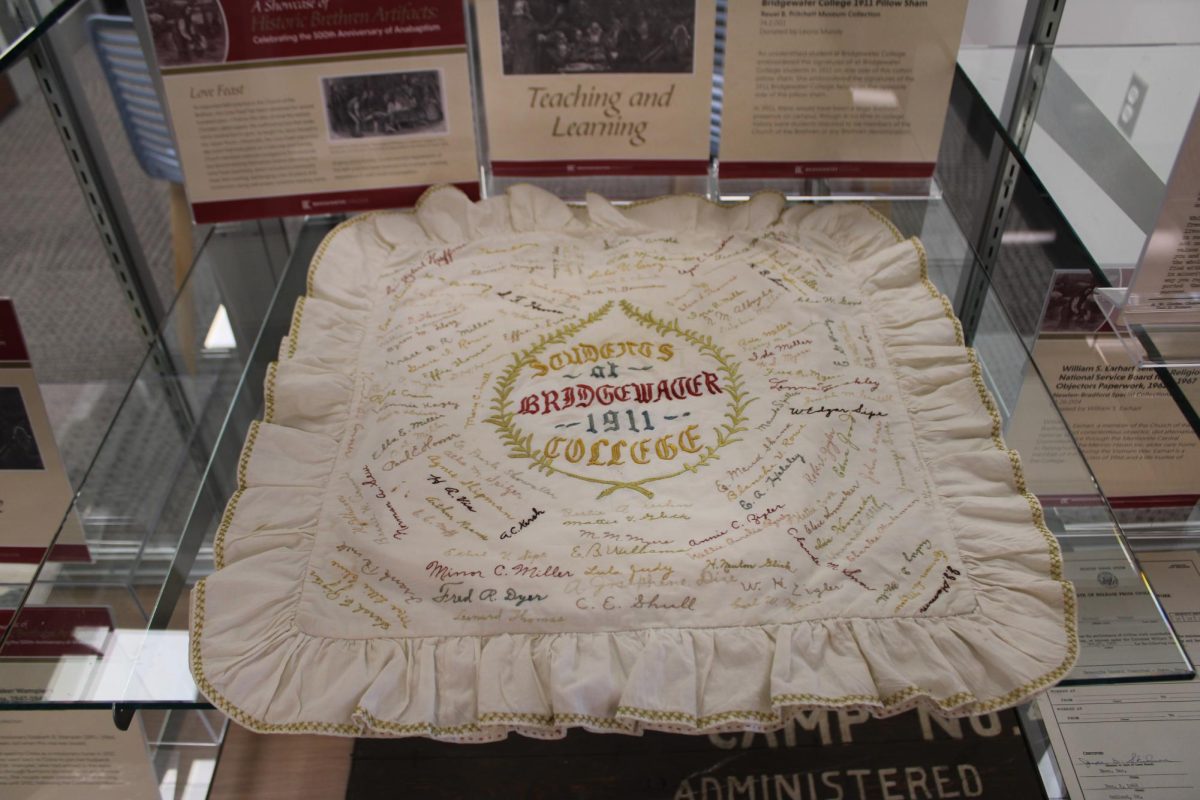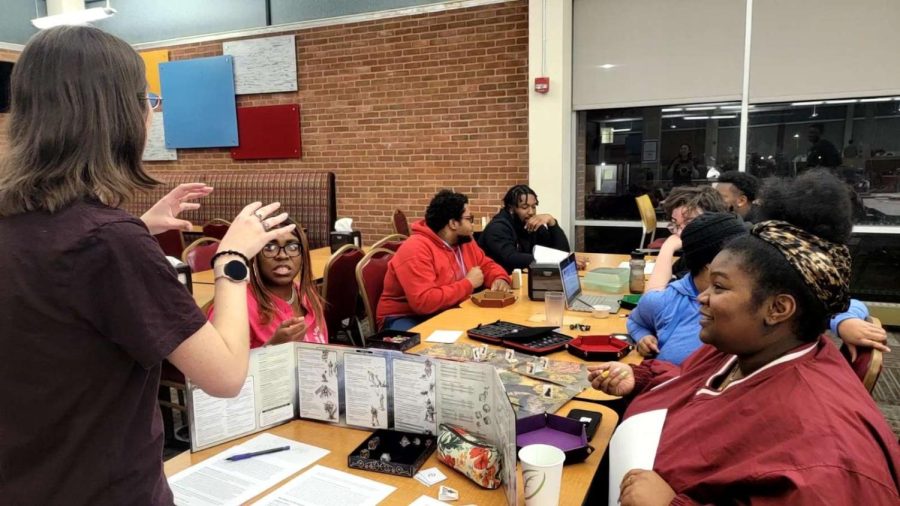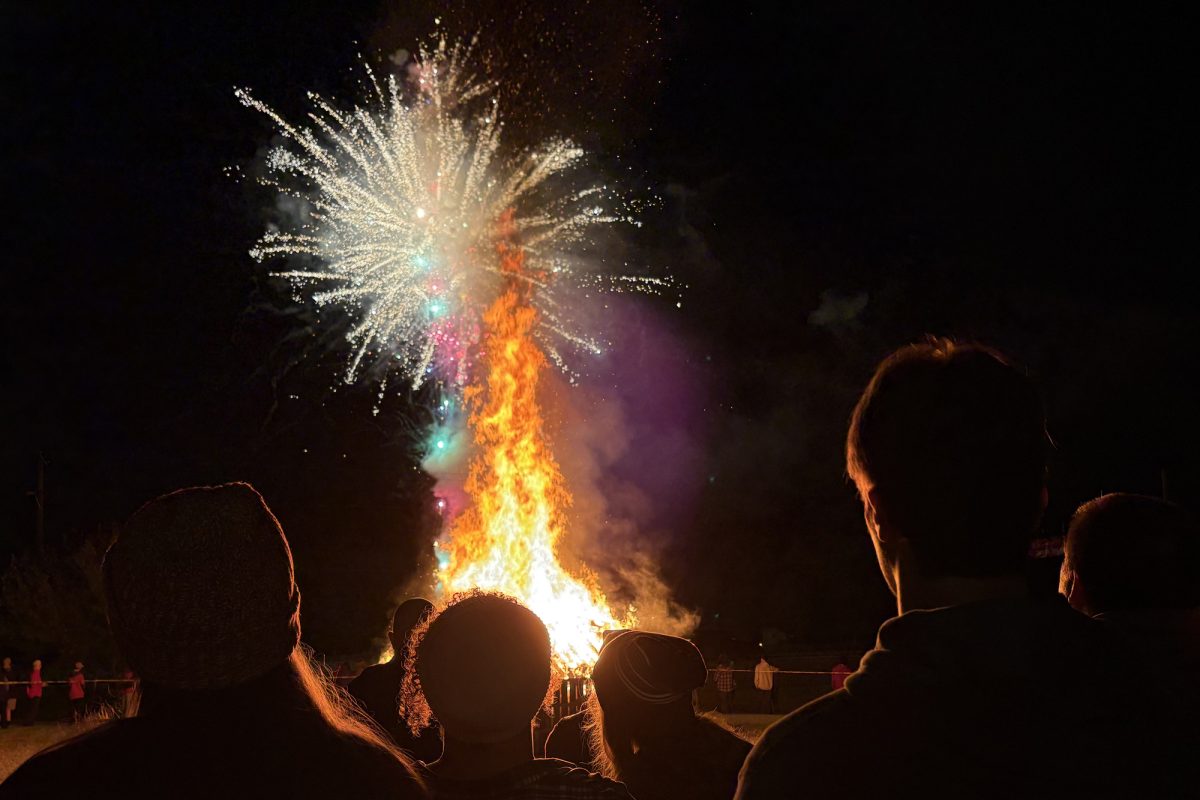Bridgewater Va.- Women’s History Month is the month of March. March is a time to celebrate and to empower women as they have fought for centuries to gain equal rights as men.
For example, in 1847 the first women’s right convention was held and 68 women signed a petition for equal rights to men. Women such as Susan B. Anthony and Elizabeth Cady Stanton were two out of many women who started the women’s suffrage movement, so that women today have the same rights as men. March is a time for women to get recognized for all that they have accomplished and continue to accomplish.
Women in America have not always had equal rights to men. Strong willed women in the late 1800s and early 1900s women today have more rights than ever before. Women had to fight for not only the right to vote, but also economic, social and political equality. Fast forward to today, women have come so far compared to the 1800s. Women now have more equality to men economically, socially and politically, yet women continue to fight to be treated equally and fair. Women continue to fight for equal pay to men. They have come a long way and have made great progress.
Women’s History Month originally started in Santa Rosa, California, in 1978 as a week-long celebration of women. Women’s Week started on March 8 every year. The women of Santa Rosa chose the date because it was and still is International Women’s Day. This movement of having a week of celebrating women spread across the country after 1978. The following year, communities across the country started to celebrate Women’s Week.
In 1970, the National Women’s History Project (NWHP) was started by five women from Santa Rosa: Molly Murphy MacGregor, Mary Ruthsdotter, Maria Cuevas, Paula Hammett and Bette Morgan. This group of women pushed for Congress to designate March as Women’s History Month.
In 1980, President Jimmy Carter declared the week of March 8 to be National Women’s Week. After Jimmy Carter’s proclamation, each president after Carter has pushed for the week to become a month.
In March 1995, Nation Women’s Week became Women’s History Month, thanks to Congress pushing Public Law 100-9. This law allows presidents to declare Women’s History Month yearly.
On the White House’s website, there is a proclamation of Women’s History that states, “Though their stories too often go untold, all of us stand on the shoulders of these sung and unsung trailblazers — from the women who took a stand as suffragists, abolitionists, and labor leaders to pioneering scientists and engineers, groundbreaking artists, proud public servants, and brave members of our Armed Forces.”
Women’s History Month has come a long way since 1978, and so have women. Women have fought, and continue to fight, for equality in the United States. Without women, the country would not be where it is today. For example, women like Sacagawea, who helped Lewis and Clark explore the Louisiana purchase; Susan B. Anthony, who spent more than 70 years of her life to fight for the right to vote and have equal rights to men; and Lucy Stone, who also fought for women’s equality and started “The Women’s Journal.” These women are just a few of the many who have dedicated their whole life to fight for women.









